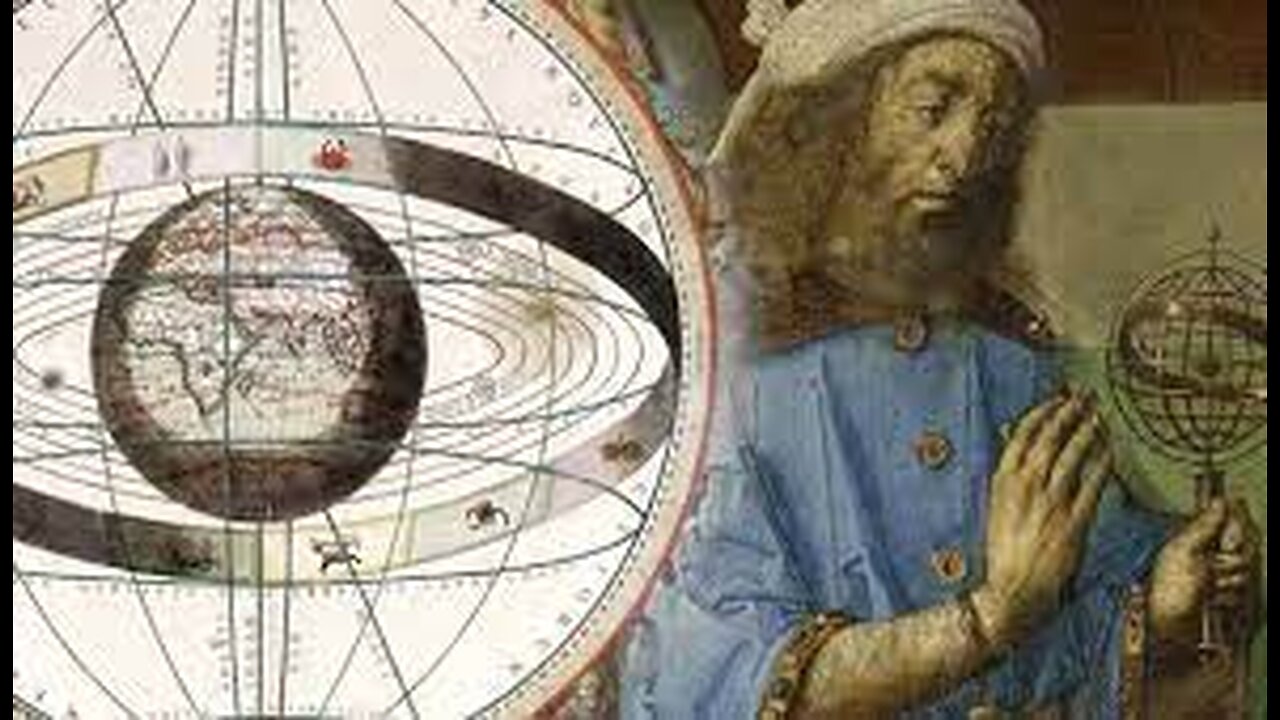Premium Only Content

Roman's View of the Dynamic Universe
NASA’s Nancy Grace Roman Space Telescope will provide one of the deepest-ever views into the heart of our Milky Way galaxy. The mission will monitor hundreds of millions of stars in search of tell-tale flickers that betray the presence of planets, distant stars, small icy objects that haunt the outskirts of our solar system, isolated black holes, and more. Roman will likely set a new record for the farthest-known exoplanet, offering a glimpse of a different galactic neighborhood that could be home to worlds quite unlike the more than 5,500 that are currently known.
Roman’s long-term sky monitoring, which will enable these results, represents a boon to what scientists call time-domain astronomy, which studies how the universe changes over time. Roman will join a growing, international fleet of observatories working together to capture these changes as they unfold. Roman’s Galactic Bulge Time-Domain Survey will focus on the Milky Way, using the telescope’s infrared vision to see through clouds of dust that can block our view of the crowded central region of our galaxy.
When Roman launches, expected by May 2027, the mission will scour the center of the Milky Way for microlensing events, which occur when an object such as a star or planet comes into near-perfect alignment with an unrelated background star from our viewpoint. Because anything with mass warps the fabric of space-time, light from the distant star bends around the nearer object as it passes close by. The nearer object therefore acts as a natural magnifying glass, creating a temporary spike in the brightness of the background star’s light. That signal lets astronomers know there’s an intervening object, even if they can’t see it directly.
In current plans, the survey will involve taking an image every 15 minutes around the clock for about two months. Astronomers will repeat the process six times over Roman’s five-year primary mission for a combined total of more than a year of observations.
Astronomers expect the survey to reveal more than a thousand planets orbiting far from their host stars and in systems located farther from Earth than any previous mission has detected. That includes some that could lie within their host star’s habitable zone – the range of orbital distances where liquid water can exist on the surface – and worlds that weigh in at as little as a few times the mass of the Moon.
A similar type of shadow play will reveal 100,000 transiting planets between Earth and the center of the galaxy. These worlds cross in front of their host star as they orbit and temporarily dim the light we receive from the star. This method will reveal planets orbiting much closer to their host stars than microlensing reveals, and likely some that lie in the habitable zone.
All of these scientific discoveries and more will come from Roman’s Galactic Bulge Time-Domain Survey, which will account for less than a fourth of the observing time in Roman’s five-year primary mission. Its broad view of space will allow astronomers to conduct many of these studies in ways that have never been possible before, giving us a new view of an ever-changing universe.
-
 1:00:02
1:00:02
BonginoReport
4 hours agoBlue Wave Crashes Over The Nation On Election Night - Nightly Scroll w/ Hayley Caronia (Ep.171)
104K58 -
 5:49
5:49
Buddy Brown
7 hours agoTake a Look at the Outdoor MOSQUES in TIMES SQUARE after MAMDANI Win | Buddy Brown
11.4K18 -
 18:15
18:15
ArynneWexler
4 hours agoThe Fall of New York - How Zohran Mamdani Won | NN8
9.46K8 -
 1:30:53
1:30:53
Kim Iversen
4 hours agoAmerica Under INVASION - Sharia Law Wins In New York City?
103K272 -
 50:45
50:45
Redacted News
4 hours agoNick Fuentes & Tucker Carlson DESTROY Ben Shapiro, Cuomo collapses to a socialist | Redacted
55.1K138 -
 7:09:41
7:09:41
Dr Disrespect
9 hours ago🔴LIVE - DR DISRESPECT - BATTLEFIELD 6 - REDSEC - 10 WINS CHALLENGE
194K12 -

Akademiks
5 hours agoAdin Ross x 6ix9ine x Akademiks stream
34.3K3 -
 6:45:19
6:45:19
StoneMountain64
7 hours agoBattlefield REDSEC HARDCORE, Ultra Movement, and CRAZY Portal Games
39.7K5 -
 1:09:44
1:09:44
Russell Brand
9 hours agoFrom Curb Your Enthusiasm to Courage — Cheryl Hines on Hollywood, RFK Jr. & Speaking Out - SF646
155K40 -
 1:30:26
1:30:26
The Quartering
7 hours agoWoke Is Back!
150K68